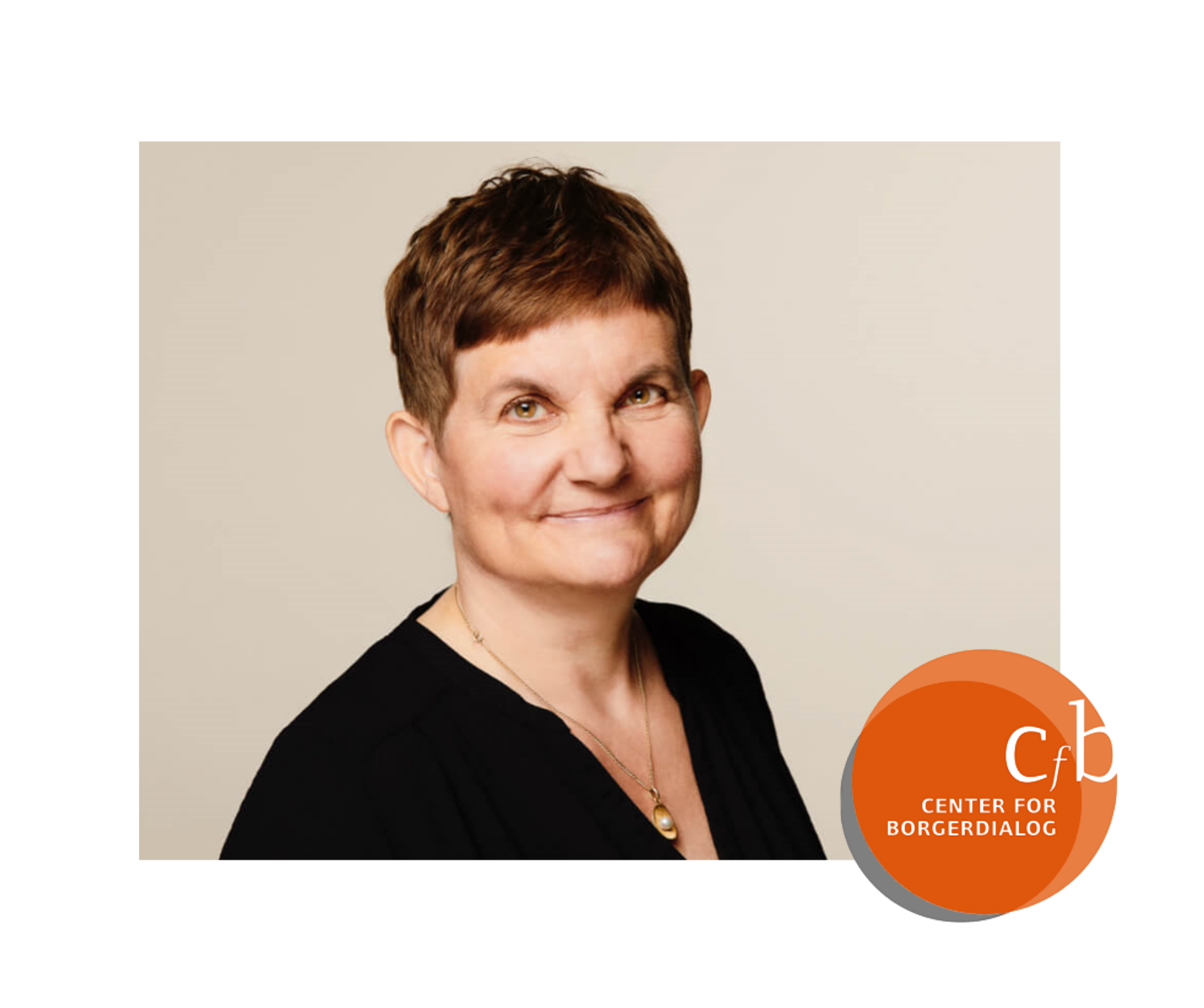Anne Tortzen is an expert in co-production and citizen engagement and founder of Center for Citizen Dialogue (Denmark). Anne has trained as a political scientist and process- and communication consultant. She has published a number of books and articles on citizen engagement, co-creation and democratic innovation. Anne was also the keynote speaker at the Speak Up conference ‘Driving climate action through citizen engagement’. In this interview, we discuss how (local) governments can act as a catalyst for climate action co-creating with citizens and communities.
Can you tell us something about yourself and your research?
Sure, my primary field of interest and research is co-creation with a special focus on public organisations and employees. I am particularly interested in exploring the possibilities and barriers that exist in public organisations when it comes to involving and collaborating with citizens and other stakeholders. In later years I have explored co-creation particularly in the field of the green transition. I collect learning from ‘best practice’ cases, where public employees, citizens and other stakeholders succeed in collaborating on climate or biodiversity initiatives.
Why is co-creation and citizen engagement so important now?
Co-creation and citizen engagement is a prerequisite, I would say, for solving the ‘wicked problems’ that we currently face as societies. Be it climate and biodiversity challenges, challenges concerning the wellbeing of young people, homelessness or vulnerable local communities. All these challenges call for several actors to work together to create new solutions and collaborate on systemic changes. Therefore, co-creation and mobilisation of not only citizens, but a broad range of actors, is needed.
How can governments work in a co-creative mindset?
It may be difficult for governments to obtain a genuine co-creative mindset, as politicians and public employees have gotten used to seeing themselves as the ‘definers’ and agenda-setters when it comes to solving challenges in society. Research points to the fact that a co-creative mindset is often practiced by central employees taking a role as ‘boundary spanners’. Thus, these boundary spanning employees are essential for succeeding with co-creation. They facilitate co-creation, as they understand the need to reach out to other stakeholders, are able to build trust and relations and facilitate collaboration between stakeholders with very different perspectives both outside and inside their organisation. So, you may say, that recruiting and supporting employees with ‘boundary spanning’ competences is important in public organisations that have an ambition of working in a more co-creative way.
What works well when it comes to co-creation and (local) climate action?
We know from research as well as practical cases that several factors are important for co-creating local climate action. Firstly, the social side of climate action is vital, as developing networks and communities around local climate actions encourage participation. Secondly, it is important to make room for diversity – acknowledging that citizens may contribute to local climate action in a number of ways. Thirdly, highlighting and celebrating your achievements and successes and remembering to spread success-stories is important for keeping up engagement. And lastly, the boundary spanning capacity of the municipality is central to support and facilitate climate actions that are initiated bottom up by communities and citizens.
Curious to know more about Anne and her work? You can find more information, resources and contact information on the website of Centre for Citizen Dialogue (website in Danish, but has an English page).

